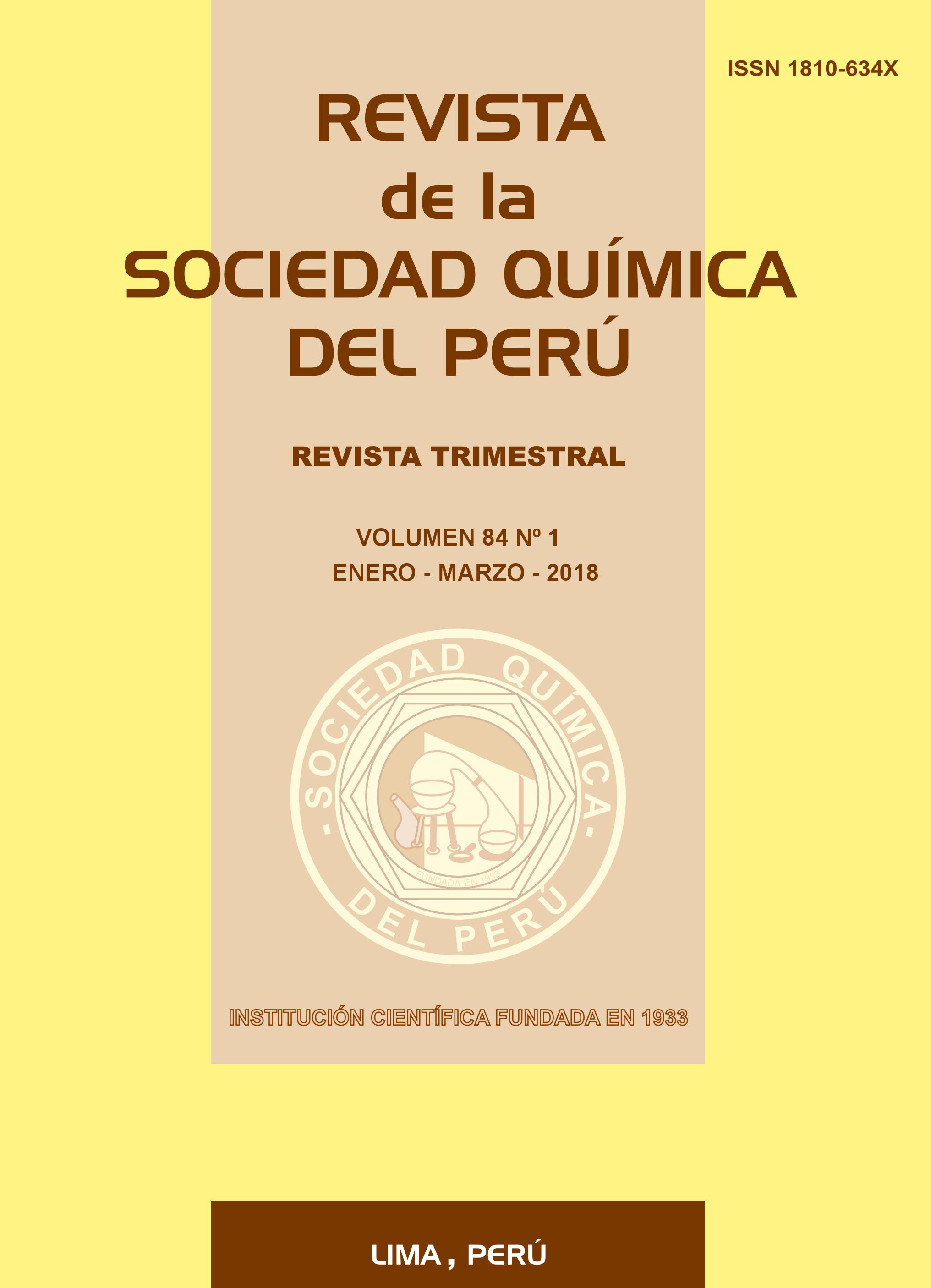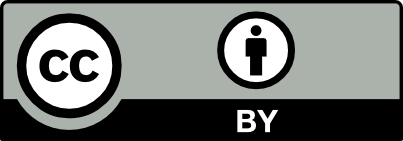DISINFECTION OF SECONDARY EFFLUENT FROM WASTE WATER PLANT IN AYACUCHO BY UV RADIATION FOR AGRICULTURAL IRRIGATION REUSE
Abstract
The water of the secondary effluent of the wastewater treatment plant Totora in Ayacucho disinfected with chlorine, discharged into the Alameda River, does not have the sanitary quality in terms of pathogenic microorganisms for agricultural irrigation, however, it is reused in the cultivation of vegetables. they commercialize in the city of Ayacucho, problem that motivated the investigation to use another method of disinfection. Experimental tests were carried out with samples of the secondary, by using ultraviolet disinfection for deactivation and elimination of pathogenic microorganisms. Two types of laboratory scale experimental tests were performed for ultraviolet disinfection, first with water from the secondary effluent plant, as it enters the chlorination lagoon and secondly performing two treatment operations before ultraviolet disinfection, filtration and adsorption. The first experimental test showed little efficiency in the removal of microorganisms (20 323 NMP / 100 ml), not reaching sanitary quality for irrigation with unrestricted and restricted, according to the maximum allowable limits of the Peruvian standard (DS-004-2017-MINAM),2 in contrast with the second test the disinfection efficiency and pathogenic microorganisms reduction (949 NMP / 100 ml) were significantly improved, concluding that with this method water of good sanitary quality was obtained and can be reused in vegetables irrigation.
Downloads
Copyright (c) 2018 Sociedad Química del Perú

This work is licensed under a Creative Commons Attribution 4.0 International License.
Revista Arbitrada
Derechos reservados: Prohibido el uso total o parcial del material de esta revista sin indicar la fuente de origen.
Nota: Las referencias comerciales que aparecen en los trabajos no constituyen una recomendación de la
Sociedad Química del Perú










